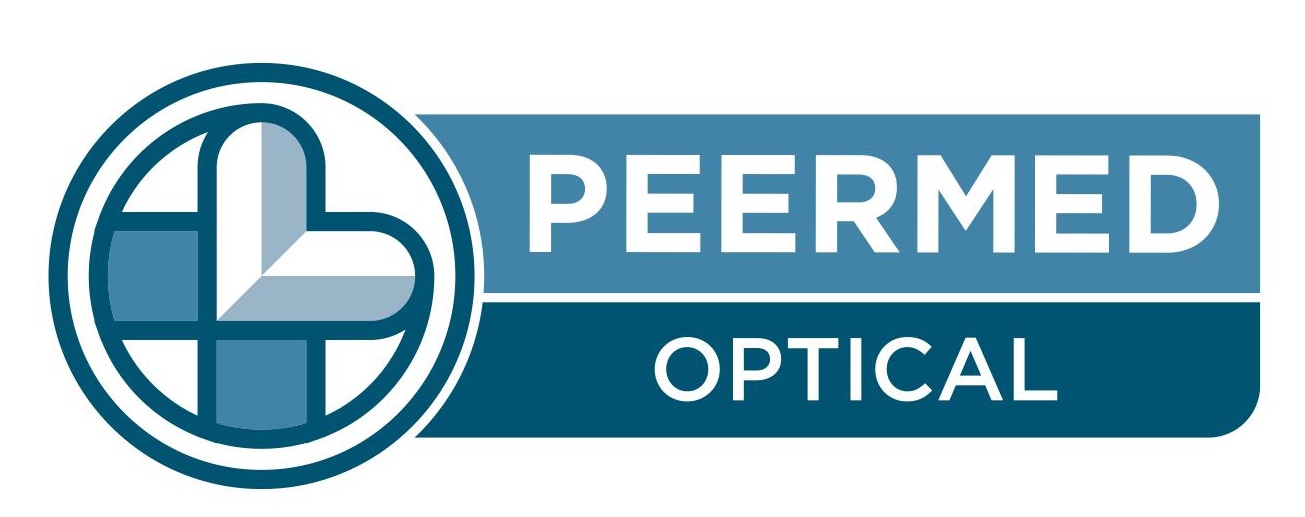So, you just had an eye exam. Congrats on taking care of your vision! Now comes the part where you try to decipher the numbers and terms on your prescription. Don’t worry, we’re here to break it down for you.
What Does Your Eye Test Really Tell You?
An eye exam is more than just checking if you need glasses. It’s a comprehensive health check for your eyes and overall well-being. Your eye doctor looks for:
- Visual acuity: How well you see at different distances.
- Refractive errors: Conditions like nearsightedness, farsightedness, or astigmatism.
- Eye health: Checking for diseases like glaucoma, cataracts, or macular degeneration.
Decoding Your Prescription
Your prescription is like a blueprint for your glasses or contact lenses. Here’s a basic breakdown:
- Sphere (SPH): This number indicates whether you’re nearsighted (minus number) or farsighted (plus number). The higher the number, the stronger the prescription.
- Cylinder (CYL): This refers to astigmatism, an uneven curvature of the eye.
- Axis: This number complements the cylinder, indicating the orientation of the astigmatism.
- Add: If you need reading glasses, this number represents the magnification for near vision.
Don’t stress if this seems overwhelming. Your eye doctor can explain your prescription in detail and answer any questions you have.
What to Do After Your Eye Exam
- Get your new glasses or contacts: Make sure you follow your eye doctor’s recommendations.
- Schedule your next appointment: Regular eye exams are crucial for maintaining good vision.
- Pay attention to your eyes: Notice any changes in your vision and consult your eye doctor promptly.
Remember: Your eyes are a window to your overall health. Taking care of them is essential for a good quality of life.




